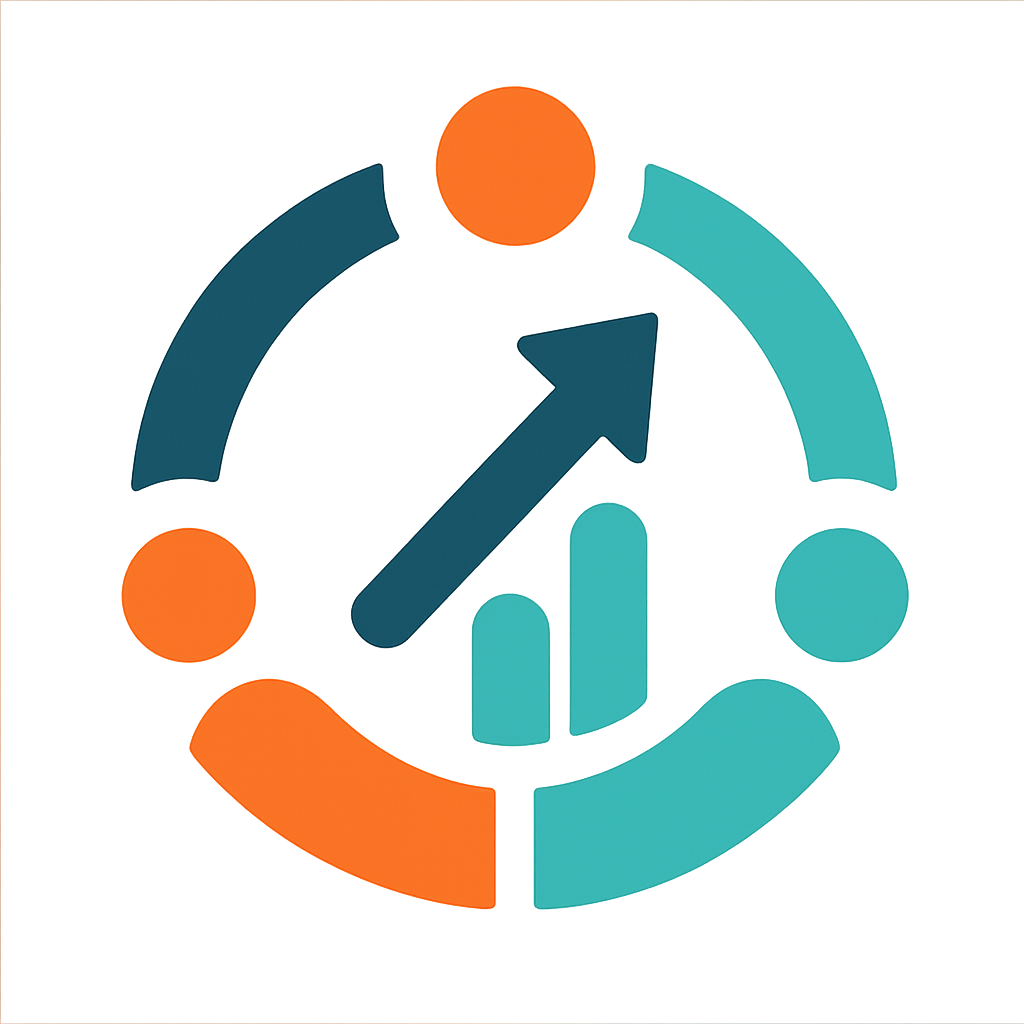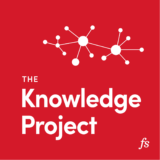When Paul Assaiante announced his retirement from coaching the men’s squash team at Trinity College in Connecticut earlier this year, it marked the end ...
.lightweight-accordion { border: 1px solid #ccc; border-radius: 4px; padding: 5px; margin: 5px 0; } .time { font-size: 0.875rem; /* Option 3: Using rem ...
In the second of a special two-part episode, performance psychologist Dr. Gio Valiante calls on his vast experience working with some of the world’s top ...
In the fifth installment in a series of episodes, The Knowledge Project curates essential segments from five guests revolving around one theme: learning and ...
In the first of a special two-part episode, celebrated performance psychologist Gio Valiante calls on his vast experience working with some of the world’s top ...
Jerry Colonna was a high-flying New York venture capitalist in the early 1990s, but his life wasn’t as glamorous as most made it out to be. He was anxious, ...
Ever wondered why the world’s most successful individuals seem to have an uncanny ability to be in the right place at the right time? It’s not luck; it’s ...
Internationally renowned health and performance psychologist Dr. Leah Lagos discusses the concept of Heart Rate Variability (HRV) and how you can improve your ...
Calling on more than two decades of experience working with some of the biggest companies in tech, Shreyas Doshi joins The Knowledge Project for a deep dive ...
Dubbed during his career as “The Man Who Knows What the World’s Richest People Want (and How To Get It),” Rey Flemings has years of experience dealing with ...
Frank Slootman doesn’t start companies. But no CEO has a better track record for turning the ideas of others into jackpots. On this episode of the Knowledge ...
On the second of two special episodes, acclaimed executive performance coach and doctor of psychology Dr. Julie Gurner goes in-depth on a variety of strategies ...
No episode in the eight-year history of The Knowledge Project has made a bigger impact than when Naval Ravikant appeared on the show in 2017. Be it for ...
In the fourth installment in a series of episodes, The Knowledge Project curates essential segments from six guests revolving around one theme: philosophy. ...
On the first of two special episodes, acclaimed executive performance coach and doctor of psychology Dr. Julie Gurner goes in-depth on a variety of strategies ...
What can the strategies of the chessboard teach us about how to succeed in life? Author, educator, entrepreneur, hedge fund advisor and US Chess Federation ...
Dr. Gina Poe has spent nearly four decades studying the science of sleep, and how we can all get a better night’s rest by making some simple changes in our ...
When Kevin Kelly turned 68 years old, he began writing down notes and thoughts about all the lessons he’d learned in his life and the ones he wished he’d ...
George Stalk Jr., business strategist and author of the book Competing Against Time, reveals the surprising ways companies can harness the power of time to ...
One of the main jobs Ravi Gupta has as a partner at venture capital giant Sequoia Capital is to help founders see the difference between fantasy and reality. ...
- « Previous Page
- 1
- …
- 3
- 4
- 5
- 6
- 7
- …
- 14
- Next Page »

